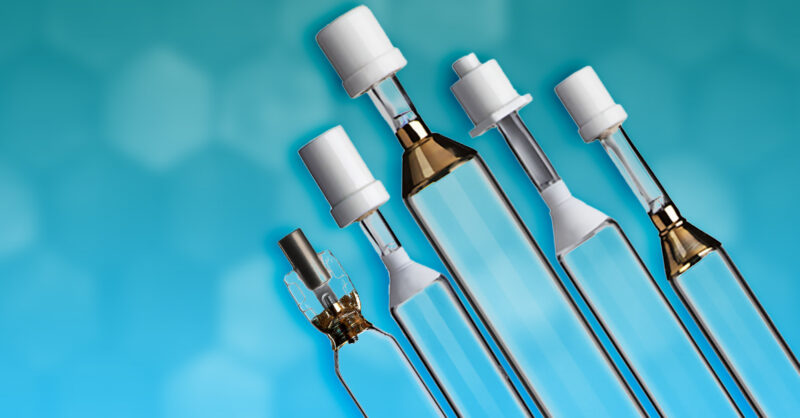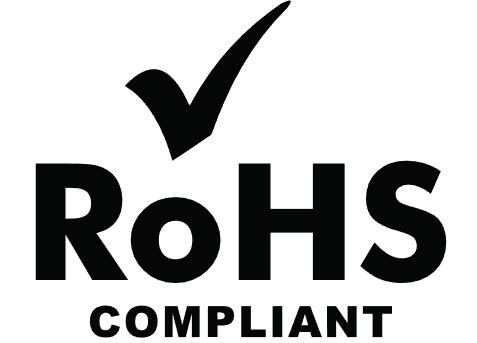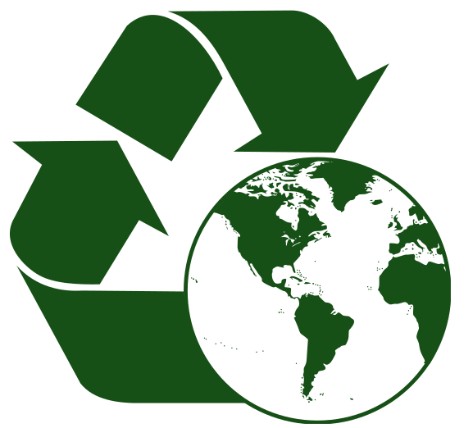Responsible Recycling of Mercury-Based UV Lamps: What You Need to Know
Medium-pressure mercury UV lamps, like those manufactured by Alpha-Cure, deliver a long and reliable service life. But what happens when it’s time to replace them? This blog explains why correct end-of-life disposal is vital, outlines how regulations like RoHS and WEEE in the UK / EU impact UV lamp recycling, and provides guidance on responsible disposal routes, including Alpha-Cure’s partnership with Recolight in the UK. We also touch on how these rules compare globally, and why it’s essential for businesses to check their local regulations.
The Long Life of Mercury UV Lamps and What Comes Next
 Medium-pressure mercury UV lamps play an essential role across printing, bonding, and coating industries, offering powerful and efficient UV output. Their lifespan varies by application and operational cycles, but at Alpha-Cure, we guarantee our medium-pressure UV lamps for a minimum of 1,000 hours of effective use – Read Our Warranty Information.
Medium-pressure mercury UV lamps play an essential role across printing, bonding, and coating industries, offering powerful and efficient UV output. Their lifespan varies by application and operational cycles, but at Alpha-Cure, we guarantee our medium-pressure UV lamps for a minimum of 1,000 hours of effective use – Read Our Warranty Information.
However, even the best-performing lamp reaches the end of its life eventually and that’s when businesses must turn their attention to safe and responsible disposal. Incorrect disposal can cause environmental harm and lead to non-compliance with waste legislation, particularly due to the mercury content in these lamps.
Mercury Use and the RoHS Directive
 The use of mercury in electrical equipment is heavily regulated across the world. In the UK and EU under the RoHS Directive (Restriction of Hazardous Substances) a specific exemption exists under Annex III of the EU RoHS Directive 2011/65/EU, which permits the use of up to 15mg of mercury in single-capped discharge lamps, including UV lamps used for industrial purposes.
The use of mercury in electrical equipment is heavily regulated across the world. In the UK and EU under the RoHS Directive (Restriction of Hazardous Substances) a specific exemption exists under Annex III of the EU RoHS Directive 2011/65/EU, which permits the use of up to 15mg of mercury in single-capped discharge lamps, including UV lamps used for industrial purposes.
This exemption reflects the current technological necessity of mercury in UV curing processes, and the exemption for such lamps is currently in place until the next review in 2027 for both the UK and EU. While LED alternatives are emerging, mercury-based UV lamps continue to provide superior performance in many high-output industrial applications.
It is important for users and manufacturers alike to stay updated on RoHS developments, as future revisions may change what’s permissible.
WEEE Regulations and UV Lamp Disposal
In addition to RoHS, mercury UV lamps fall under the EU WEEE (Waste Electrical and Electronic Equipment) regulations. These aim to reduce the environmental impact of electrical waste by ensuring safe collection, treatment, and recycling of equipment that contains hazardous substances like mercury.
Under the WEEE Directive (2012/19/EU) and equivalent UK regulations, producers and users of electrical products must not dispose of WEEE in general waste. Instead, appropriate disposal routes such as certified recycling centres or compliance scheme drop-off points must be used.
The WEEE Label
All applicable electrical and electronic equipment must carry the WEEE label, which features a crossed-out wheelie bin. This symbol is a visual reminder that the item requires special handling and cannot be discarded with normal rubbish. The label is mandatory across the EU and UK for products placed on the market under WEEE scope.
Responsibilities of Producers
Manufacturers, importers, and distributors are defined as producers under WEEE and must:
-
Register with a WEEE compliance scheme
-
Label their products appropriately
-
Facilitate the collection, treatment, and recycling of products at end of life
This ensures that waste is managed at every stage of the product lifecycle.
While the regulations share the same foundation across the UK and EU, implementation may vary slightly between countries. For example, the UK currently operates a larger number of compliance schemes than many EU states, offering a range of options for producers to fulfil their obligations.
What About the Rest of the World?
 Globally, the approach to managing electrical and electronic waste can differ significantly. While there is no universal framework like WEEE, many countries have introduced similar e-waste legislation.
Globally, the approach to managing electrical and electronic waste can differ significantly. While there is no universal framework like WEEE, many countries have introduced similar e-waste legislation.
-
In the United States, e-waste regulations exist at the state level, not federally. Some states require lamp recycling, particularly for mercury-containing lamps.
-
Canada, Japan, South Korea, and Australia all operate regulated e-waste programmes that include lighting products.
-
China enforces rules under the Administrative Measures on the Collection and Treatment of Waste Electrical and Electronic Products, which place responsibility on producers for the collection and disposal of used electronics.
However, regulatory strength, public awareness, and infrastructure can vary widely. Businesses operating outside the UK or EU should consult their local environmental agencies or waste authorities to confirm how mercury UV lamps should be disposed of in their region.
Alpha-Cure and Recolight: A UK Solution
To support our UK customers in meeting their legal and environmental obligations, Alpha-Cure has partnered with Recolight, the UK’s leading WEEE compliance scheme for lighting.
Through this partnership, customers using Alpha-Cure lamps can access free-of-charge lamp drop-off points across the UK, ensuring easy and safe recycling of mercury UV lamps. This not only ensures compliance with WEEE, but also significantly reduces the environmental impact of industrial operations.
Please note: this programme is currently only available in the UK. Businesses in other countries should consult their local government or recycling providers for similar services.
Final Thoughts: Recycle Responsibly
UV lamps are a key investment in your operation and so is their end-of-life management. With clear regulations like RoHS and WEEE in place, it’s up to each business to integrate proper disposal planning into their maintenance cycle.
At Alpha-Cure, we’re here to help. Whether you’re replacing lamps, planning inventory, or looking for the best way to stay compliant with waste regulations. Contact Us.
Latest Articles
A Busy Year! Alpha-Cure’s 2025 Year in Review
A Year of Global Reach and Innovation for Alpha-Cure As 2025 draws to a close, we’re reflectin...
View ArticleAvoid Holiday Disruption: Key Order Deadlines for Year End Delivery
As we approach the end of the year, production schedules get tighter and distribution channels come ...
View ArticleAll UV Lamps. One Standard: How Alpha-Cure Scaled UK Excellence Globally
When Alpha-Cure expanded our manufacturing footprint to China, it wasn’t about lowering costs, it ...
View ArticleIndustry Focus – Helping Open New Markets for UV Technology
A guide to support local distributor growth At Alpha-Cure, we’re proud of the strong presence ...
View Article